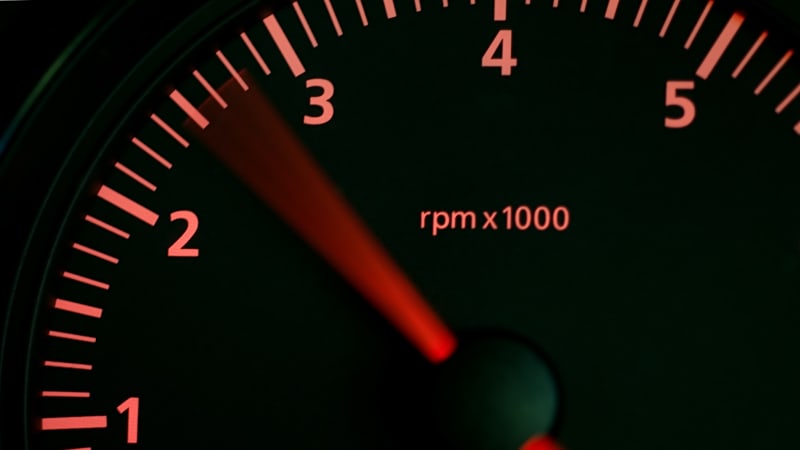
You notice it every time you get in the car — when you start the engine, the gauge called a tachometer tells you the RPMs. But, particularly if you don’t have a manual transmission, maybe you don’t entirely understand what that’s about, why it’s important, and you’re a little too self-conscious to ask. No worries, we’ll break it down for you here in this video.
Transcript: What does RPM stand for? RPM stands for “revolutions per minute.” It’s a measure of how fast the engine is spinning. In general, the faster an engine spins, the more power it makes. An engine works by burning air and gas to push the pistons down. That force makes the crankshaft spin, which is what ultimately drives the wheels of the car. How much force is transmitted to the crankshaft is called torque. Horsepower is a measure of work over a period of time.
At higher RPM, the engine is burning more air and fuel. That means it makes more power and consumes more gas. The tachometer usually displays RPM in thousands. So if the tachometer is pointing to the “2,” it’s turning at 2,000 revolutions per minute. Drivers with manual transmissions use the tachometer as a reference point for when to shift. Not enough RPM could make the engine stall. Too many could hurt the engine.
The engine’s RPM limit is displayed on the tachometer as a red area known as “redline.” Exceeding this limit could cause severe engine damage. It’s generally most efficient to shift at lower RPM. Every car is different, but your owner’s manual may have guidance on efficient shift points.
- SEO Powered Content & PR Distribution. Get Amplified Today.
- PlatoData.Network Vertical Generative Ai. Empower Yourself. Access Here.
- PlatoAiStream. Web3 Intelligence. Knowledge Amplified. Access Here.
- PlatoESG. Carbon, CleanTech, Energy, Environment, Solar, Waste Management. Access Here.
- PlatoHealth. Biotech and Clinical Trials Intelligence. Access Here.
- Source: https://www.autoblog.com/2024/05/31/a-brief-explanation-of-rpm-video/



